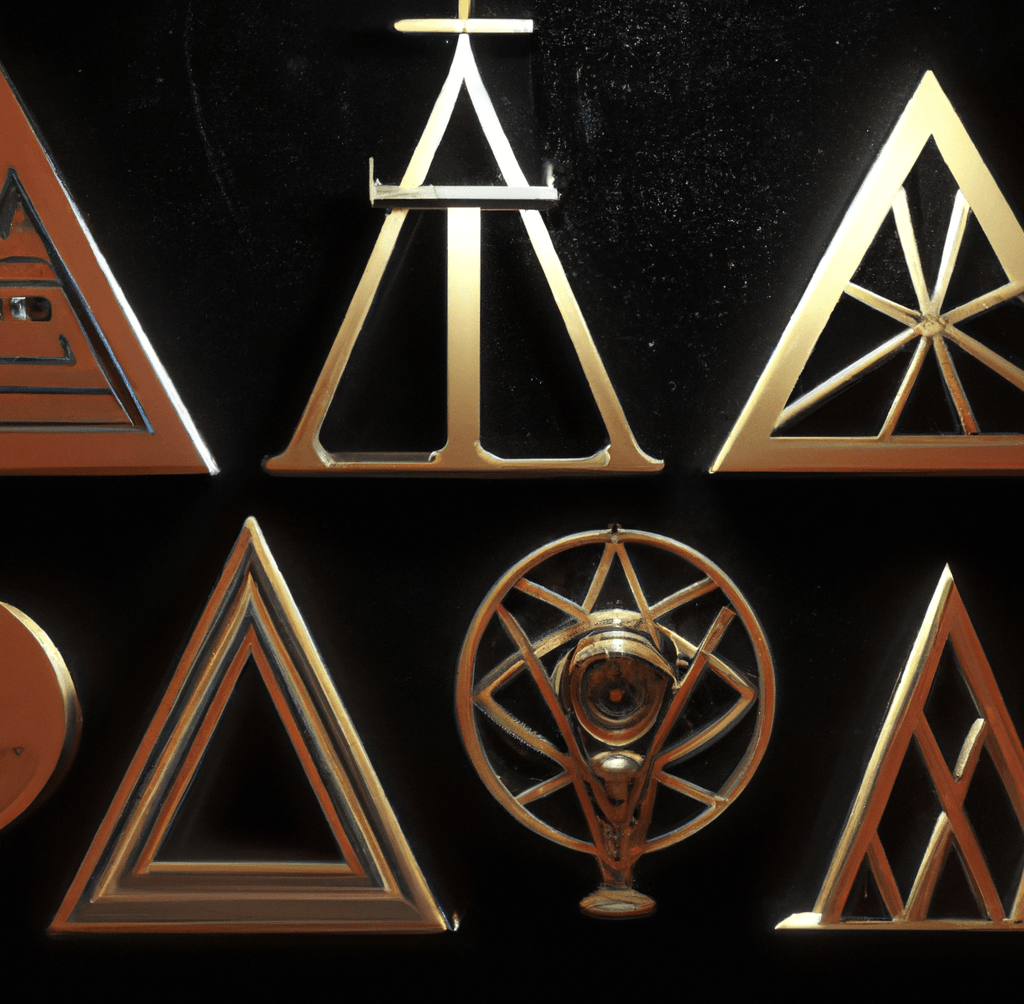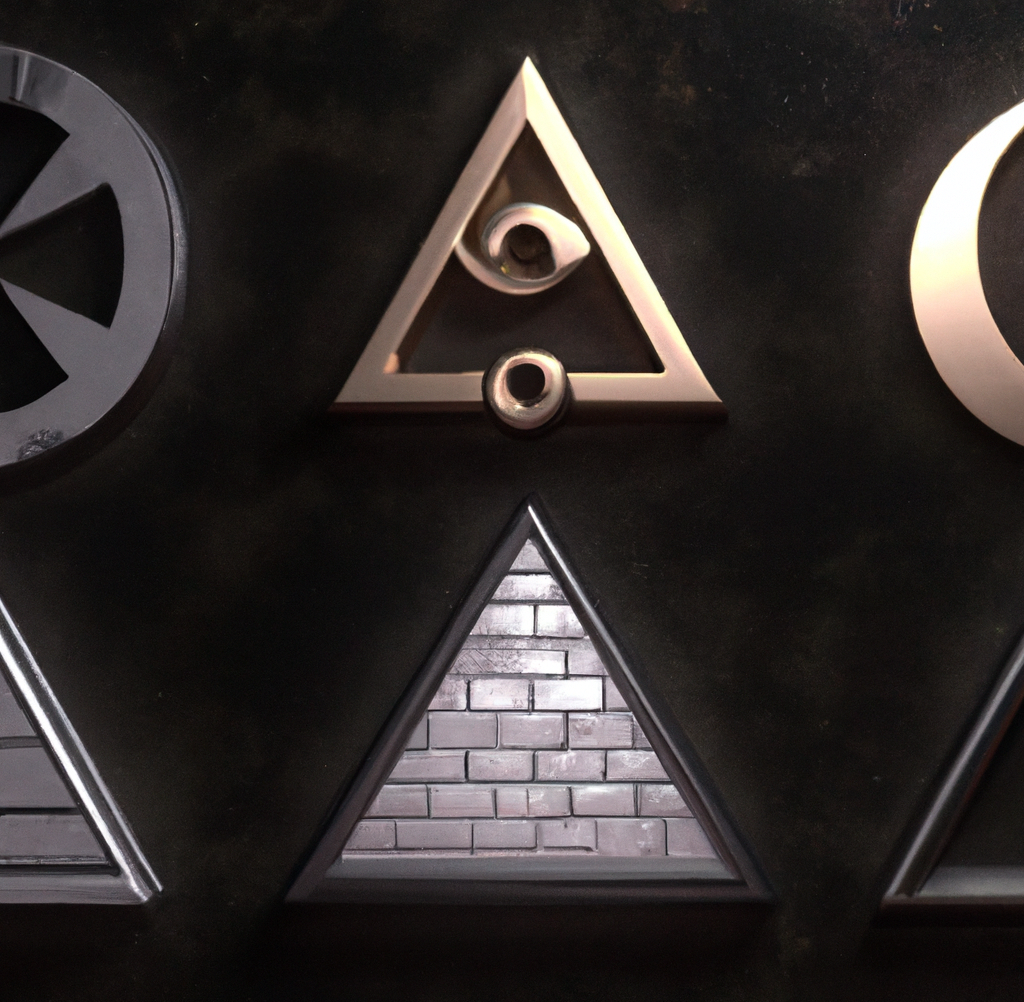Freemasonry in academic studies of western esotericism

According to masonic author Jay Kinney, Freemasonry has had “a love/hate relationship” with esoteric traditions. “Hate” is a strong word; but hostile attitudes toward esoteric traditions were evident as recently as 2012, when proclamations by grand masters in Australia and in Florida stated that engaging in esoteric discussions or practices could lead to expulsion from the fraternity. In this presentation, I will discuss these attitudes among freemasons, contrasting them with views of academics, who often make direct connections between Freemasonry and esotericism.
There is a long history of division and conflict among brothers about the esoteric in Freemasonry. For example, a 1782 masonic convention in Germany failed in an attempt “to establish a new binding constitution, … owing to the gulf between lodges guided by Enlightenment values and Rosicrucian lodges interested in alchemy and esotericism.” A similar division is seen in masonic writing and publishing. When scholarly evidence-based research was established in England in the late 1800s, it was designated “the authentic school,” often contrasted with the “esoteric school” of masonic studies. The authentic school has emphasized our history, and is sometimes dismissive of esoterically-oriented research—on masonic ritual, symbolism, allegories and myths. Many masonic publications have had little, if any, esoteric content. In a recent article, the distinction between the authentic and esoteric schools is said to be unhelpful. “Irrespective of whether Masonic research draws its methodology from history, comparative mythology, psychology, or other academic disciplines, it would surely be much better simply to distinguish between work that meets the critical standards of contemporary academic scholarship, and work that doesn’t.”
The conflicted relationship with the esoteric within Freemasonry reflects attitudes seen in society at large, and among scholars in universities. The term “esoteric” has served as a catchall for “all things mysterious,” found in occult or metaphysics sections of bookstores: yoga, divinatory arts, ancient Egypt, UFOs, parapsychology, magic, tarot, New Age, New Religious Movements, and channeling. One masonic author has characterized brothers with esoteric interests as a “lunatic fringe” within our Craft. Before the 1960s, most academics believed that it was not worthwhile to study esoteric traditions. In their view, modernity was a time of increasing secularization; thus, esotericism and mysticism were becoming irrelevant.

A transformation in some scholars’ views was inspired by British historian Frances Yates. In the 1930s, she had begun research on influential mystical Renaissance thought currents that combined aspects of Neo-Platonism, Kabbalah and Christianity with what was believed to be an ancient Egyptian magical religion, Hermeticism. By the 1960s, her writings were sparking a great deal of interest among academics around the globe. In 1992, French scholar Antoine Faivre presented a framework that defined “modern Western esotericism” as a set of ideas in spiritual historical currents—a form of thought that could be studied objectively. This framework quickly became a basis for establishing chairs of esoteric studies in universities, along with international associations of scholars, journals, and over forty titles in the SUNY Press series in Western Esoteric Traditions. An essay by Faivre relates Freemasonry and the symbolism of Solomon’s Temple to esoteric currents, including numerology, alchemy, and Christian theosophy.
Most professors specializing in esoteric studies consider Freemasonry to be among the many esoteric traditions. For example, the editor of the Cambridge Handbook of Western Mysticism and Esotericism (2016) writes, “Esoteric doctrines, schools, or practices include alchemy, astrology, magic, Kabbalism, Renaissance Hermeticism, Freemasonry, Rosicrucianism, number symbolism, sacred geometry, Christian theosophy, spiritualism, mesmerism, and much else.”
There are three fundamental perspectives in academic studies: esotericism as a form of thought, esotericism as gnosis, and esotericism as dialectic. “Form of thought” emphasizes the history of ideas. “Gnosis” is about personal experience—an intuitive insight, a spiritual awakening, or participation in an initiation ceremony. “Dialectic” is discussion and interpretation of esoteric ideas and experiences—sometimes called “the rhetoric of a hidden truth.” All three perspectives on the esoteric are found in Freemasonry, and will be discussed in this presentation.
Scholars of esotericism have inspired new ways of thinking about history. They have debunked the idea that because of secularization, the esoteric is becoming irrelevant. The esoteric has actually remained relevant by evolving into new forms. For example, the science of psychology—the study of the inner life of man—is considered to be a modern form of esotericism. The idea that mediaeval western culture was thoroughly Christian has also been updated. The evidence shows considerable mutual influence and exchange between Jews, Christians and Muslims, who also studied and assimilated aspects of ancient Egyptian, Greek and Roman paganism. The idea that mysticism or esotericism existed in opposition to the major religions is now countered by evidence that most mystics were devout Jews, Christians or Muslims. Their mysticism deepened their religious practice. The idea of “one man, one religion” has been updated with the recognition that we now live in a time of the “religious supermarket,” where individuals pick and choose from a range of spiritual tradition. For example, a Christian who attends church regularly might also practice mindfulness meditation and do yoga.
Scholars of esotericism see many ways in which Freemasonry has been influenced by esoteric traditions, and ways in which Freemasonry has played a rôle in how esotericism has evolved. There is an entire book on this subject that focuses on rituals of initiation. It includes details on the fundamental three degrees of Freemasonry, arguing that their structure has been a model for many other initiatic orders. In this presentation, I will review some scholars’ views of history and of Freemasonry mentioned above, that I presented in a paper published this year in Philalethes. I will also address some esoteric aspects of Freemasonry that were not discussed in that paper.
